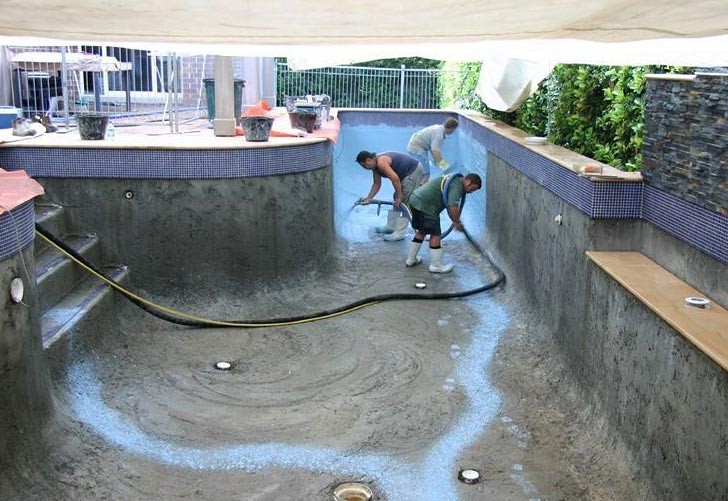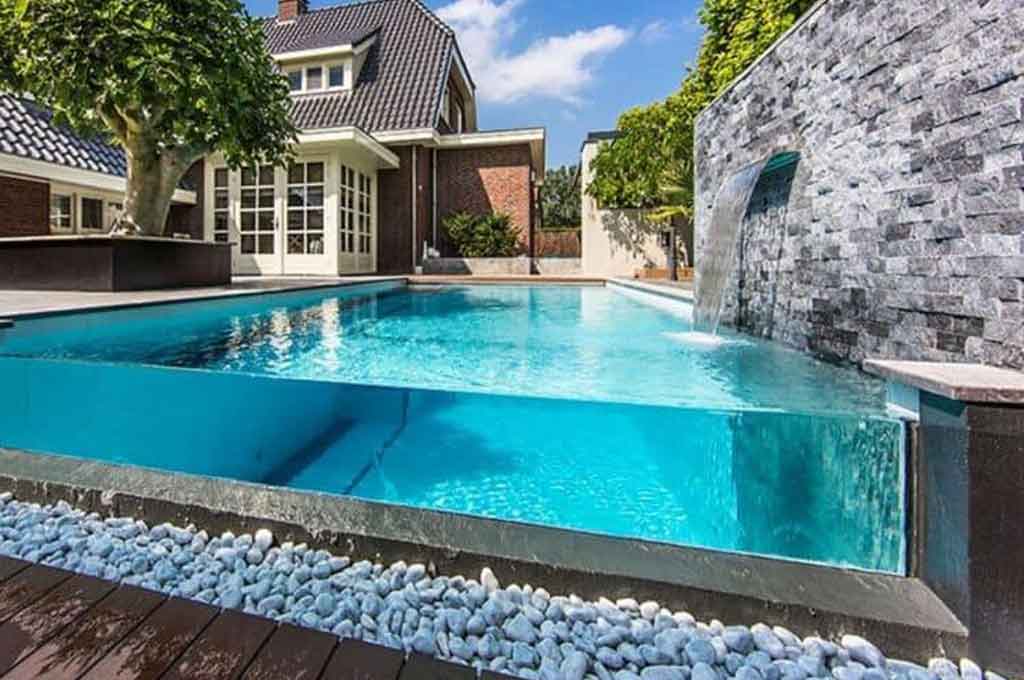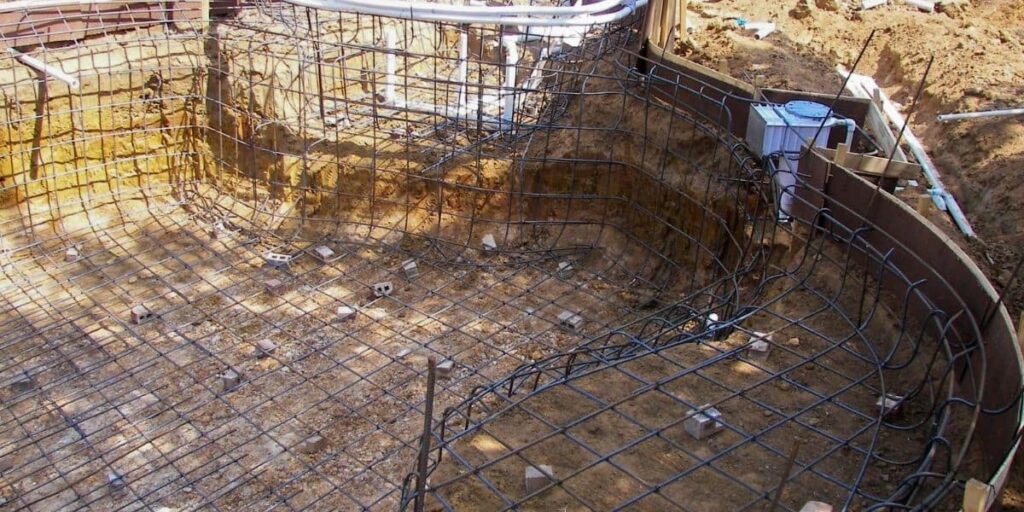Building a swimming pool is one of the most rewarding home improvement projects, but it requires careful planning, proper execution, and adherence to local regulations. For homeowners considering this significant investment, understanding the construction process helps set realistic expectations and timelines. Whether you plan to work with pool installers in New Port Richey or tackle portions of the project yourself, knowing each construction phase is valuable for making informed decisions. This comprehensive guide walks through the major steps in pool construction, from initial planning and permit acquisition to final finishing touches and ongoing maintenance. Each phase builds upon the previous one, requiring attention to detail and quality artistry to create a safe, functional, and beautiful backyard oasis that will provide years of enjoyment for your family.
Planning and Permits
Before starting your pool construction, it is important to plan and obtain the necessary permits thoroughly. Planning involves deciding on the pool’s size, shape, location, and features. Consider factors like the pool’s purpose, your budget, and local building regulations. A detailed plan will help you stay organized and provide the project runs smoothly. Next, acquiring permits is critical to avoid legal issues. Contact your local government to determine the specific permits required for pool construction. These permits typically cover safety, zoning, and environmental concerns. Make sure to submit all necessary documentation accurately and promptly. Engaging in thorough planning and obtaining permits sets a solid foundation for the successful construction of your pool.
Excavation and Site Preparation
Beginning the construction process, we start the excavation and site preparation for the pool installation. This important step sets the foundation for the pool’s structural integrity and overall functionality. Here’s what this phase entails:
- Marking the Area: We carefully mark the pool’s perimeter to outline the excavation area accurately.
- Clearing Debris: Clearing the site of any debris, rocks, or vegetation is important to provide a smooth excavation process.
- Digging the Hole: We excavate the area to the precise depth and dimensions required for the pool using heavy machinery.
- Leveling the Ground: After excavation, we level the ground carefully to create a stable base for the pool.
- Checking for Utility Lines: Before proceeding, we inspect for underground utility lines to prevent any damage during excavation.
Pool Shell Construction
We begin the pool shell construction phase by carefully shaping and strengthening the foundation for the pool’s structural framework. The pool shell, typically made of concrete, is formed using steel rebar for reinforcement. First, wooden forms are constructed following the pool’s design specifications. Next, the steel rebar grid is placed within these forms to provide structural strength. Concrete is then poured into the forms, covering the rebar completely. Careful attention is paid to ensuring the concrete is evenly distributed and free of air pockets. The forms are removed once the concrete has cured, revealing the solid pool shell. This phase is important as it establishes the foundation for the rest of the pool construction.
Plumbing and Electrical Installation
During the plumbing and electrical installation phase, our team carefully integrates the necessary systems to guarantee the pool functions productively and safely. It’s important to ensure that the plumbing and electrical components are installed correctly to prevent future issues. Here are some key aspects we focus on during this phase:
- Hydraulic System Integration: Productively connecting the pool’s filtration, heating, and circulation systems.
- Electrical Wiring: Safely install the appropriate wiring for pool lights, pumps, and other electrical components.
- Bonding and Grounding: Proper grounding and bonding are provided for electrical safety.
- Backflow Prevention: Installing devices to prevent water from flowing back into the main water supply.
- Automation Setup: Integrating automation systems for convenient control of pool functions. These steps are important for a well-functioning and safe pool system.
Finishing Touches and Maintenance
As we progress toward the final stages of pool construction, attention shifts to carefully completing the finishing touches and establishing a maintenance routine important for long-term upkeep. The finishing touches encompass a range of tasks, such as adding decorative elements like tiling, coping, and lighting fixtures. These details not only improve the aesthetic appeal but also contribute to the overall functionality of the pool. A comprehensive maintenance plan is important to ensure the pool remains pristine. This routine typically involves regular cleaning, water testing, chemical balancing, and equipment checks. By staying proactive with maintenance, you can prolong the lifespan of your pool and enjoy crystal-clear water all year round.
Related Topics:







